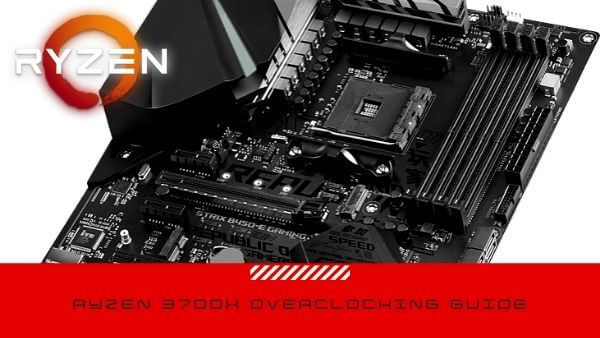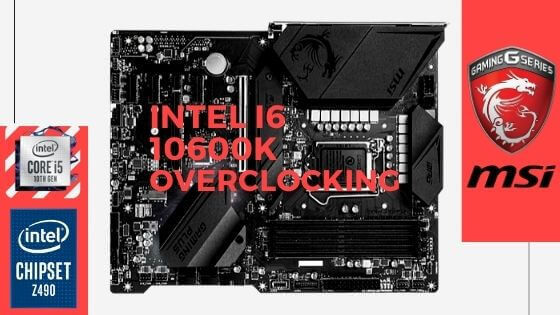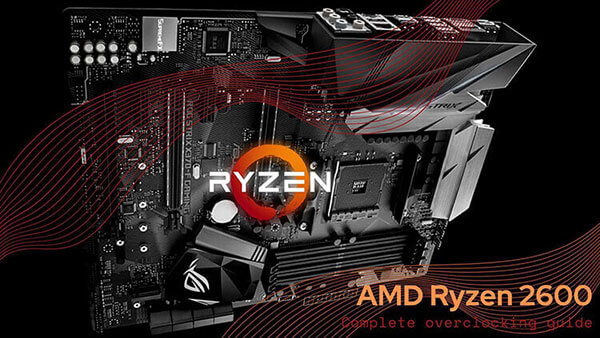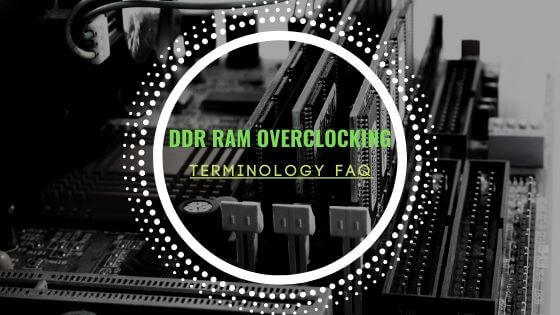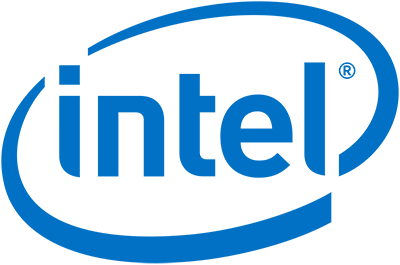
- Tech, OC'ing, SEO and more
- Hits: 67448
Article Index
Preparing Joomla for SEO.
For this part, we need to dive into the back end of Joomla you probably have guessed you need administrator rights to gain full access. Part of SEO is the web page loading speed and the size of the pages, especially the landing page, your main URL: yourdomain.com in most cases. To ensure you have the best loading speed refrain from installing modules and plugins you won't need or don't use if that is the case remove these. They tend to clutter the calls your web page makes on the Server slowing down the loading process, reducing your SEO score. Even modules and plugins that are not in use could potentially leave clutter on your web pages so remove them if you do not need them. For some SEO work, I only had to use two modules/plugins that will aid in a better experience, robots access, and loading speeds. There are other modules and plugins I have tested these two, giving me the best experience you could test out other modules or plugins if you wish. The first plugin/module is called OSMap it will crawl your Joomla content and index it into a sitemap.XML you later must submit to search engines. Crawl robots will have an easier time indexing your website, and you can assign a priority number indicating the robots the importance of your content. The 2nd extension is called Google Structured Data; it will add schema.org to your website and content that will aid with CTR & SERP.
Now to start from the top, the most significant portion is located in the Global Configuration panel under System on your right-hand side, you see the SEO Settings. Preparations have been made for this portion by editing the .htaccess file, set Search Engine Friendly URLs, Use URL Rewriting and Adds Suffix to URL to YES. Save & Close these settings now go to Extensions --> Plugins and type System - SEF plugin enable and save this plugin to finish the SEF settings. This will rewrite your content URLs to something like https://www.yourdomain.com/contact.html you can test this by browsing the front end of your website. Below is the Cookie settings, the pain is too much over the gain; thus, I will not cover these settings furthermore the SEO score will not benefit significantly from it anyway.
Open System --> Global Configuration and the left-hand side you have Site Settings here are some site Meta to fill out, describe your website in the Meta Description. Add your Meta Keywords you can use several words and space but close the keyword with a, to add the next Meta Keyword remember to use no more than 20. It will look something like: your name,site name,content 1,content 2,location 1,location 2 also worth mentioning try to have at least 10 Meta Keywords. Google has lowered the weight of scoring for Meta Keywords, but it is still widely used, so having them is handy either way. Right below that is the Robots option make sure that is set to Index, Follow so Joomla does not block access to your content unless wished otherwise.
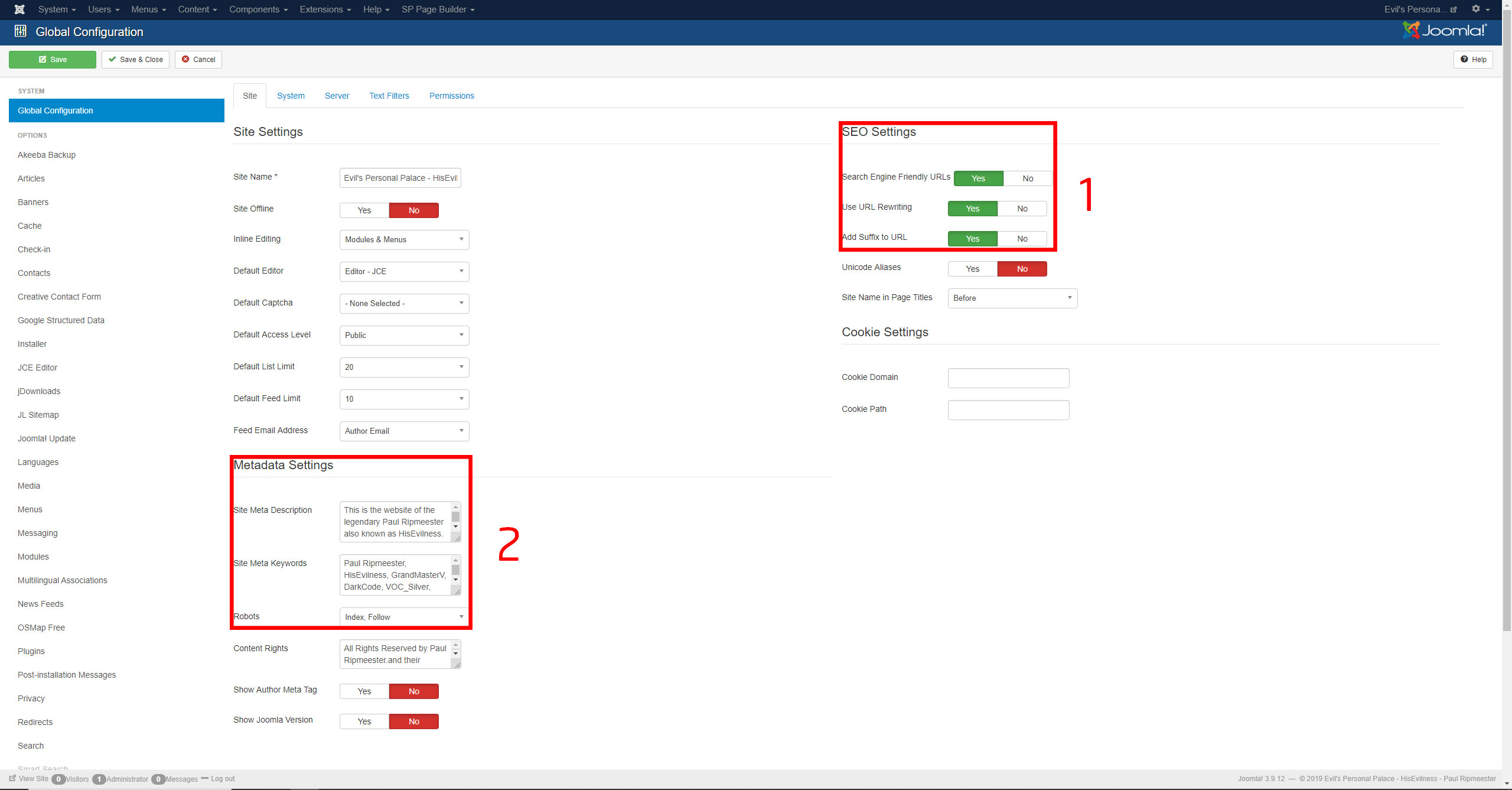
Staying in the Global Configuration panel, we move on to the System several settings need your attention both to have a high SEO score weight. The Cache Settings set Platform Specific Caching to YES and System Cache to ON - Progressive caching you can lower or increase the Session and Cache Time if you wish.
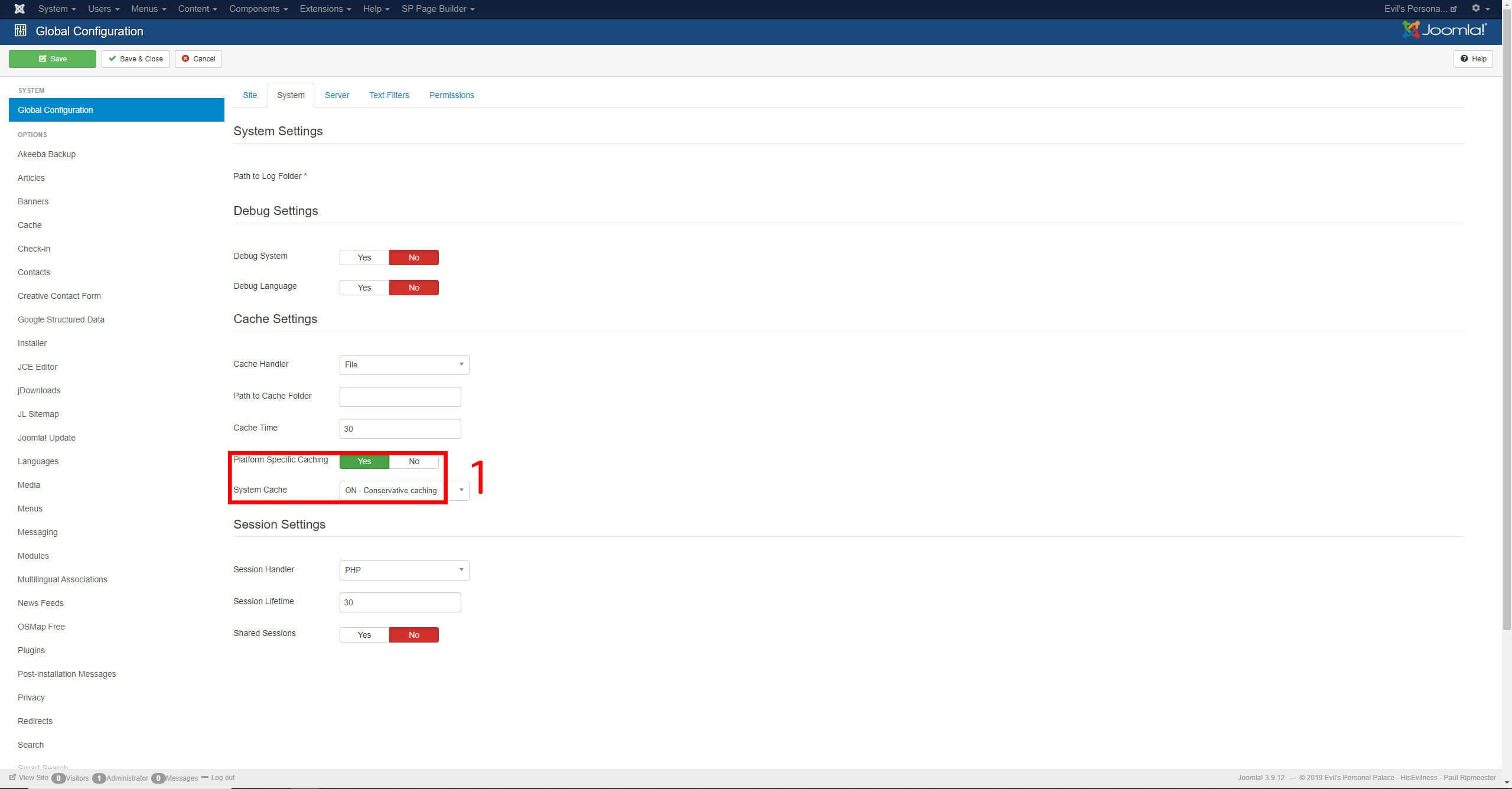
Moving to the next tab called Server there is HTTPS option if you have HTTPS certificate and you can get it for free with Cloudflare a CDN provider. HTTPS can be left OFF since you will be using a CDN that will give you HTTPS from their Server to the end-users. Unless you are using an HTTPS certificate from your hosting provider, you will have to configure this and turn it ON. The CDN portion I will cover further down in this article it will have an impact on SEO so having HTTPS is a good idea and you can for free, so that is even better. Then there is one final option called Gzip Page Compression you turn this on, reducing content size for people browsing your website considerably. Gzip has a nice weight on SEO score as well, and it will reduce resource usage by browsers. This will help if you run on a resource-stretched server. Error reporting can be turned off while testing out your settings, but when you are done and satisfied, you can turn this off, it can be useful for finding errors if any occur.
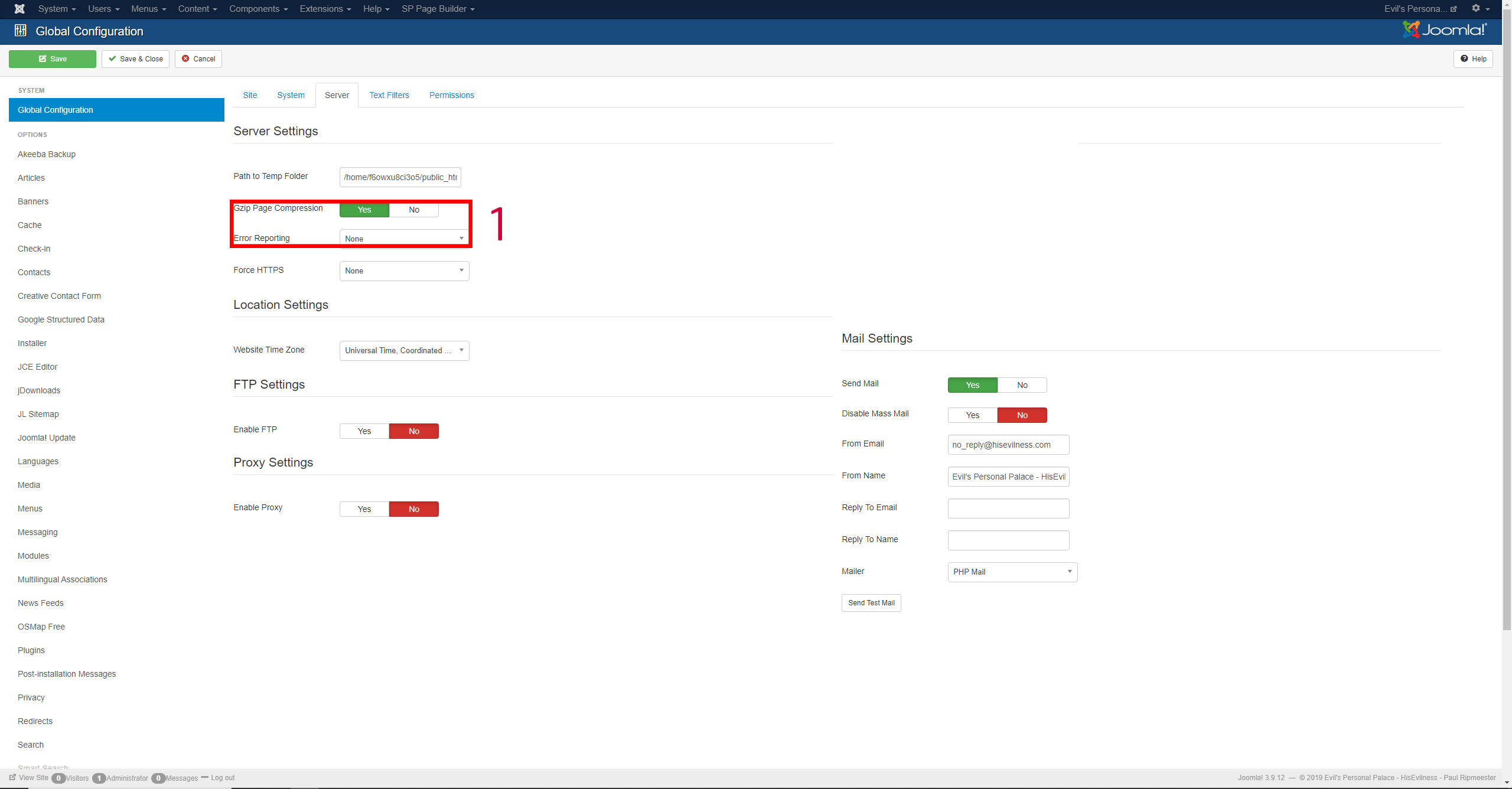
Next up are the plugins as mentioned above, go to Components to find OSMap, and you can find Google Structured Data under Components. OSMap and Google Structured Data both work out of the box for me you can just turn it on by selecting the Status to the drop-down menu and select Enabled. You can tinker with the options, but the out of the box settings work perfect, and you will get a little gain from tweaking them further.
OSMap.
OSMap is also very easy to use; it is a couple of clicks. Just to give you a short run down if you feel overwhelmed, there is a default sitemap this will work for most users out of the box. The .xml version is the URL you want to submit to search engines and place them in your robot.txt file. You can use the .html version on your website for easy access to all content on your site. The image sitemap will simply collect all the images so they may be indexed separately. The news sitemap can be submitted to Google News; this is useful if you provide content on current events such as news or gossip. By click on the Default Sitemap any other sitemap, you can set the crawl rate for the search engine bots as well as the priority.
Google Structured Data.
Google Structured Data is very easy to use Joomla extension to enable Rich snippets and will improve our CRT with the Google BERT update. This, however, will take time since Google will need to crawl your site and index all the schema.org markup for each page and process that. Depending on your site rank this can take from a couple of hours to weeks. The code is, however, highly optimised, so there is no impact on your site performance. Make sure when you add structured data that you use the correct schema, such as FAQ schema for an FAQ, Article schema for your generic content, be aware that selecting the wrong schema might result in Google not using your structured data automatically or manually. You can test your rich snippets with a free tool from Google located here: Rich Result Test it will show you what rich snippet(s) a given page is eligible for. Another great free tool from Google is the: Structured Data Testing Tool. This will test a given page on all structured data such as breadcrumbs, site logo, etc.


